On October 29th, the Revolutionary Armed Forces of Colombia—Estado Mayor Central (FARC-EMC) announced the creation of a new mobile bloc formation that will operate within three Colombian departments. The FARC-EMC carried out a series of escalatory operations to counter the current Colombian Armed Forces Operation Perseo, launched on October 16th with the stated goal of capturing the FARC-EMC leadership in the southern department of Cauca. The FARC-EMC has stated that the primary function of the new mobile bloc will be to counter the Colombian offensive, and the FARC-EMC faction is still in peace talks with the Colombian government.
Background Events
In 2016, the FARC and its armed wing, the FARC-EP (People's Army), formally signed a peace accord with the Colombian government, promising to lay down its arms and integrate back into Colombian civil society through civil programs and the political representation of the FARC through a legitimate political party, Commons. The Commons Party would receive five seats in the Colombian Senate and House of Representatives for two legislative cycles beginning in 2018, after which they would have to compete in elections just like any other political party. Another major stipulation of the agreement was the FARC agreeing to ending its role in narcotics trafficking, which in turn meant the Colombian government would put more resources toward rural development and agricultural production. This was a decisive issue that needed to be addressed by both parties for there to be any progress towards peace.
However, certain commanders within the FARC were unhappy with the peace accord for a multitude of reasons. First, the Colombian government had proven since the implementation of peace in 2016 that it could not protect the demobilized FARC guerillas who had laid down their arms in exchange for a return to civilian life. Since the accord's implementation, over 400 former FARC guerillas have been murdered throughout Colombia. There have been multiple elements and groups accused of taking part in the killings, including the National Liberation Army (ELN), FARC-EMC, criminal elements, the state itself, and the Gaitanistas (AGC), a right-wing paramilitary that is heavily involved in narcotics trafficking, even being referred to as the Gulf Cartel due to a lack of political motivation.
Secondly, many commanders felt it unwise to give up the narcotics trade due to the sheer amount of income it generated. Particularly because the FARC controlled and taxed nearly 70% of Colombia's coca farms. This generated earnings of around $250 million USD per year for the FARC when totaling processing, transporting, and taxing on just coca and cocaine production alone. The leader of the dissident FARC faction, Nestor Gregorio Vera Fernandez (known by his nom de guerre as Ivan Mordisco), was the first commander to break away due to the peace process, along with over 400 guerillas from the 1st Front, which was led by Mordisco. Mordisco also recruited several other commanders of the original structure to join his. The new FARC-EMC was made up of nine Fronts, one mobile column, and several urban militias. From its founding, the FARC-EMC was primarily based in the Colombian departments bordering Venezuela, allowing for freedom of movement along the narcotics routes between the two states and the southern department of Cauca.
In 2019, another FARC faction broke with the peace process and returned to the Jungle, known as the Second Marquetalia. This faction has also declared itself the true successors to the original FARC, leading to violence between the two. Since June 30th, 2024, this faction has agreed to a unilateral ceasefire with Gustavo Petro's left-leaning government. Likewise, the FARC-EMC also went to the negotiating table with Petro's government in 2023. This round of negotiations led to a ceasefire, which would be ended in July 2024 with some units of the FARC-EMC due to operations against military and civilian leaders. This has led to a further splinter in the group, with the FARC-EMC-EP still compliant with the ceasefire and continuing negotiations. Because of this, Mordisco and his faction of around 3,800 fighters are isolated and weak compared to the relative freedom of movement they have enjoyed since 2016.
The Mobile Formation
On October 12th, the Colombian Armed Forces announced it was launching Operation Perseo against Mordisco and the dissident FARC-EMC, with the stated goal of capturing or killing the leadership of the organization. By October 15th, the Colombian Armed Forces retook the town of El Plateado from the FARC-EMC, located in the southwest of Colombia in the department of Cauca. The town is located in the Micay Canyon, which is vital for narcotics trafficking routes from central Colombia to the Pacific Ocean. Similarly, the Micay Canyon holds about 75% of Cauca's coca plantations, making the valley a vital funding source for armed groups. The FARC-EMC responded with its own attacks against Colombian forces across Cauca.
However, it seems the new mobile column created by the FARC-EMC called the Martín Villa Front was not created to counter the Colombian Armed Forces or Operation Perseo, but rather to face and attempt the suppression of the FARC-EP, the same faction mentioned above that is still in accordance with the ceasefire. This is because the new mobile column will operate in three departments: Caqueta, Meta, and Guaviare, none of which are involved in Operation Perseo. Interestingly, the FARC-EP is still compliant with the ceasefire and operates in all three of these departments. The FARC-EP is headed by Alexander Diaz Mendoza, who uses the alias Calarca. Mendoza was second-in-command of the FARC-EMC up until Mordisco's violation of the ceasefire. Mordisco sees the Calarca faction as traitorous and sees its ceasefire as implicit in the military actions of the Colombian state. Fighting has raged between the two factions since August, when Mordisco declared war on the fronts that continued to negotiate peace. Similarly, the Calarca faction released a statement explaining that Dagoberto Ramos Front (FDR) of the EMC was committing crimes against the local communities of Northern Cauca and it was going to fight to push the EMC from Cauca. One key reason is due to the split between Mendoza and Mordisco. Since the split, Mendoza's faction controls most of the territory bordering Venezuela. Mordisco's EMC was pushed into operating primarily in the department of Cauca. This means that the FARC-EMC has less freedom of movement and access to narcotics routes and is now isolated from the safe haven of Venezuela's Apure state.
Non-state Violence
Furthermore, on October 29th, the 28th Front of Moridsco's FARC-EMC, headed by "Antonio Medina", declared war on a separate guerilla group, the ELN. The ELN (National Liberation Army) is also a Marxist-leninist militant group. However, unlike the FARC, the ELN has strong backing from Cuba and is based around Liberation Theology, which is a blend of Marxism and Catholicism. The ELN even had several Catholic priests as leaders and fighters, most famous of which was Camilo Torres Restrepo. The 28th Front has stated that it will attack all interests aligned with the ELN, including journalists, businesses, and political figures. The FARC-EMC claims this is due to the ELNs "collaboration" with the Colombian state, i.e., engaging in negotiations with Petro's government.

This announcement is quite interesting as the Antonio Medina front is based in the eastern border department of Arauca, which borders Venezuela's Apure state. This is outside of the FARC-EMC main area of operations in Cauca, meaning the group is much weaker here. Not only this, but the ELN has historically operated in Colombian departments bordering Venezuela and has a large presence throughout Eastern Colombia. Furthermore, the ELN is allied with Venezuela, first under Hugo Chavez and now under Nicolas Maduro. In exchange for regime security by the ELN, the Venezuelan government has allowed the ELN to operate freely in western Venezuela. This arrangement provides the ELN with a safe haven and opens more funding options, specifically to illegal mining concessions.
The ELN has since responded with its own declaration of war on the 28th Front in Arauca and Casanare, calling Medina a "psychopath" and "clown". Skirmishes have been reported between the two militant groups since October 23rd, with at least two ELN guerillas killed thus far. Furthermore, the FARC-EMC has warned residents to leave the area, stating the only crime they had committed was supporting the ELN. The ELN responded, downplaying the seriousness of Medina's threats.
An even worse development for Mordisco's EMC is the announcement of an alliance between the ELN and the FARC-SM (mentioned above) in the department of Narino, located just beneath Cauca in January 2024. Both groups also coordinate against the Medina Front in Arauca and have been since 2021. Although the FARC-EMC may be expanding with the newest mobile bloc formation, it would seem that the ring is closing on the leadership of Mordisco's group due to the ongoing Operation Perseo as well as fighting between Mordisco and Mendoza's factions. Similarly, the ELN and FARC-SM are engaged with the FARC-EMC in Narino and Arauco, further stretching the organization's logistics, manpower, and resources. Only time will tell whether the FARC-EMC can survive this multi-front war.


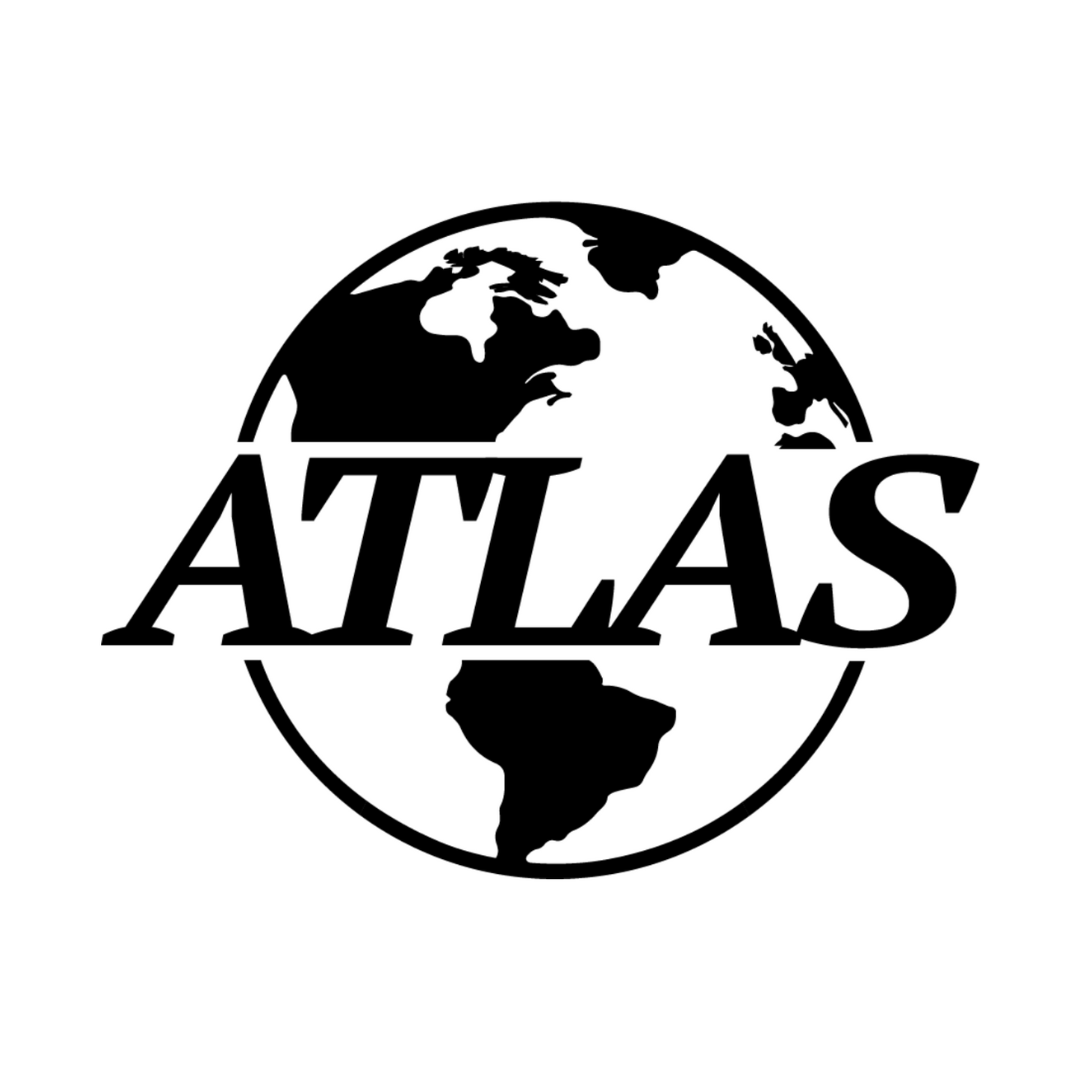
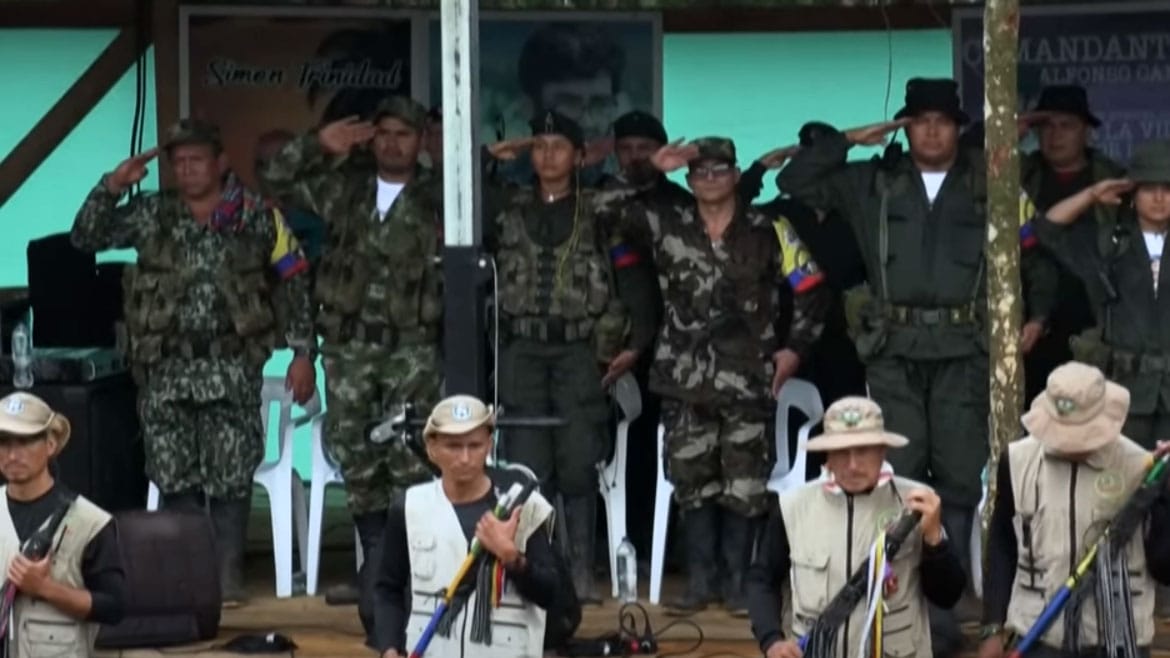
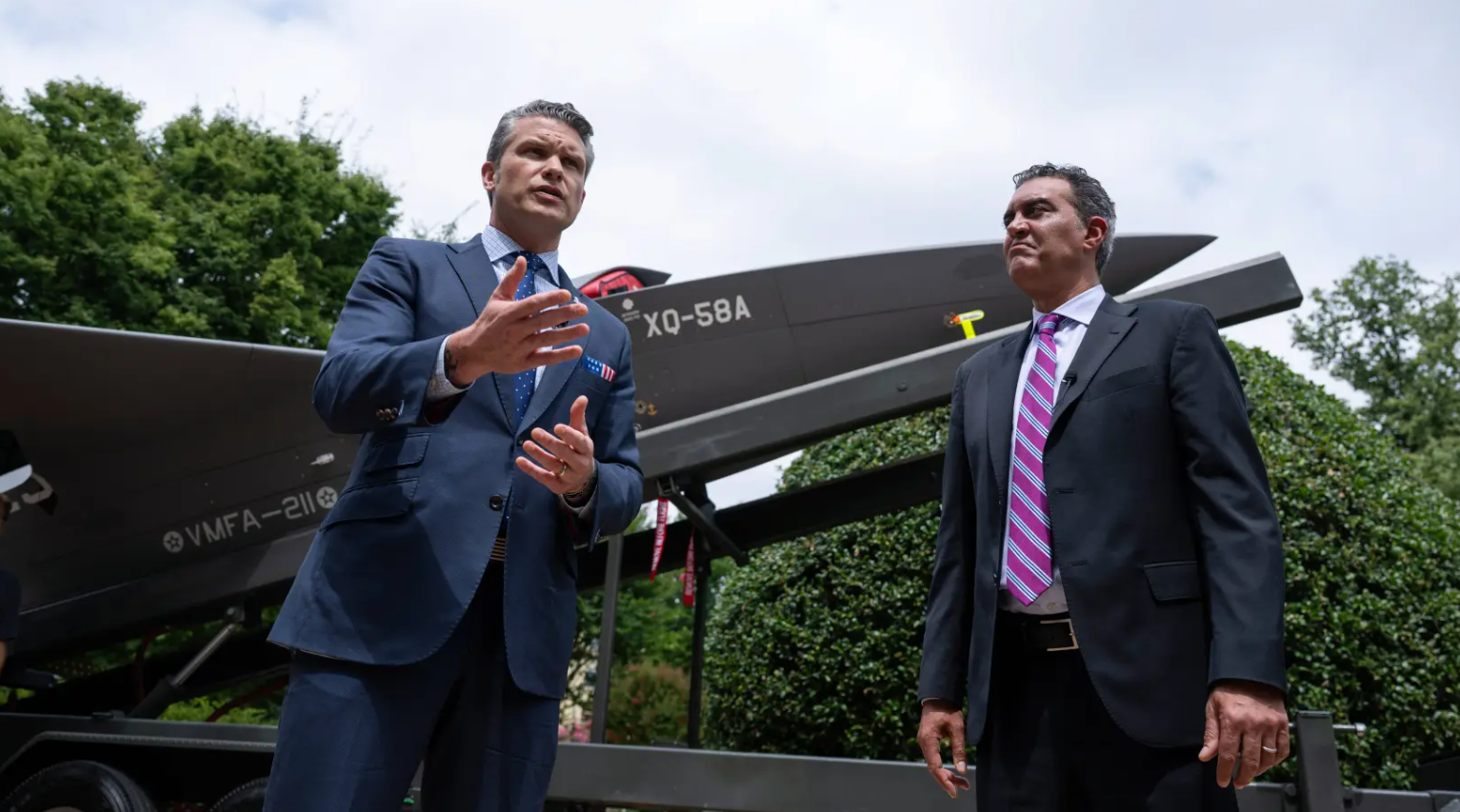



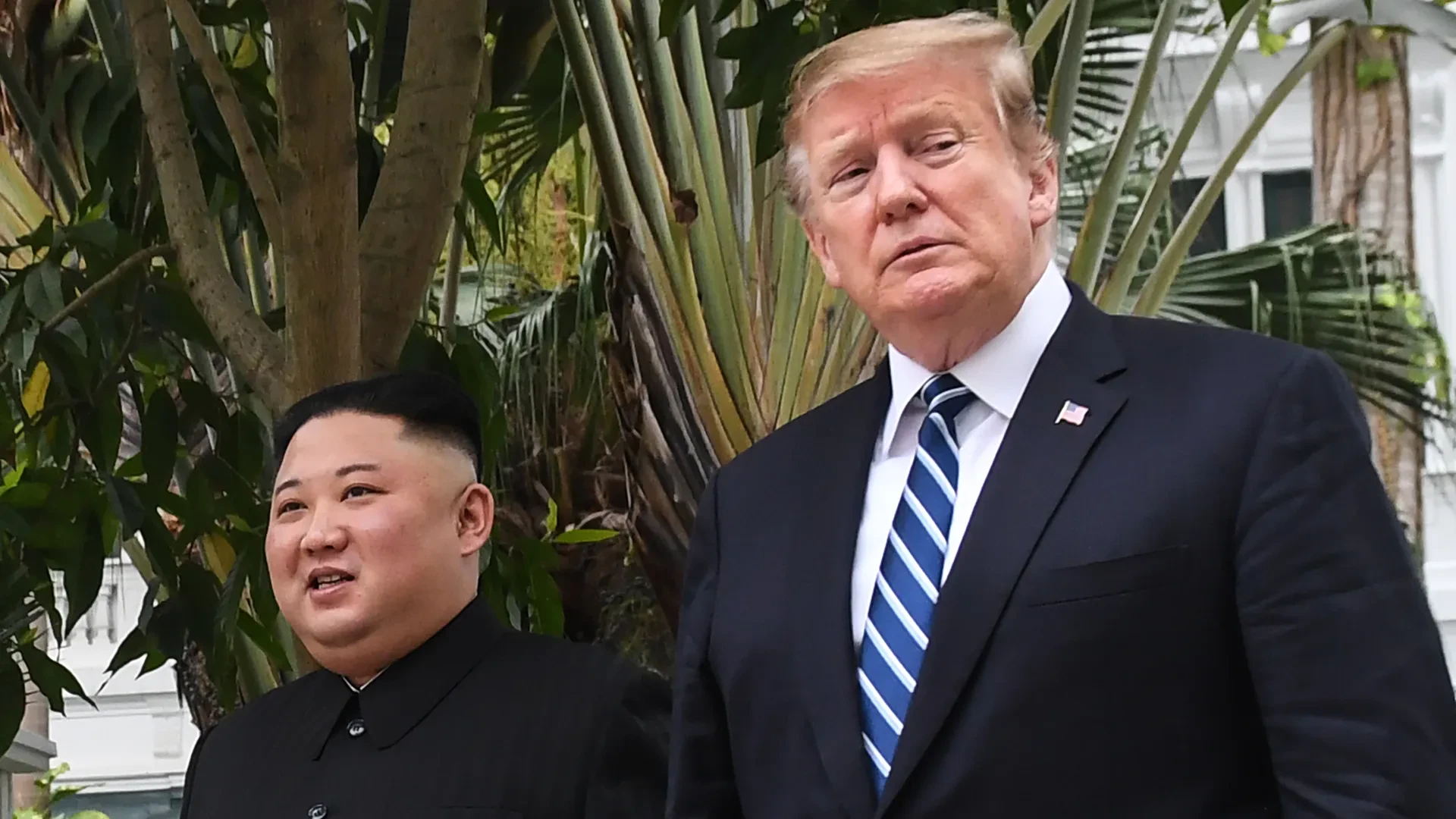
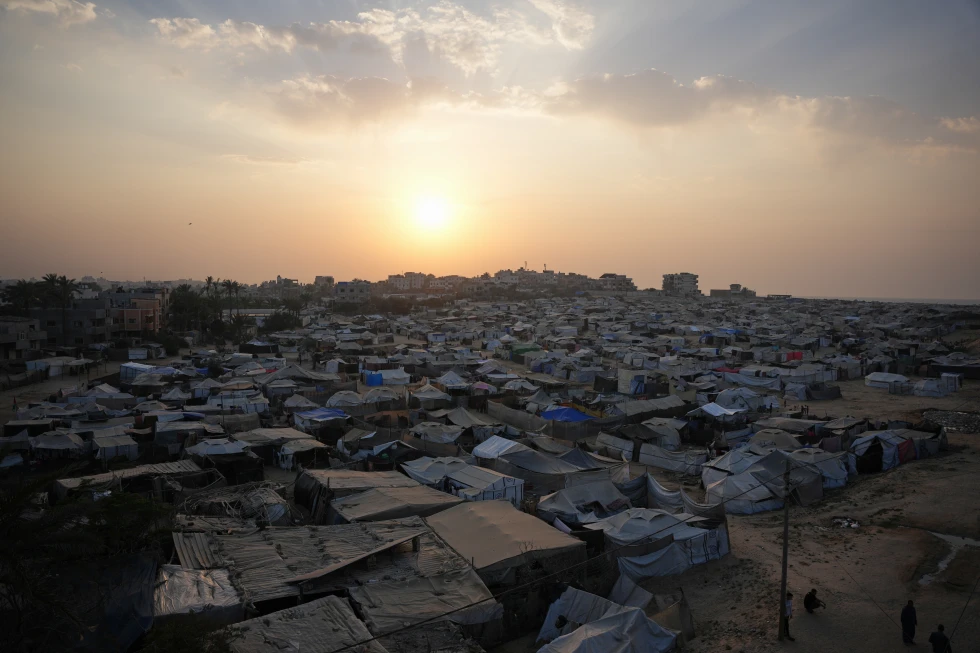
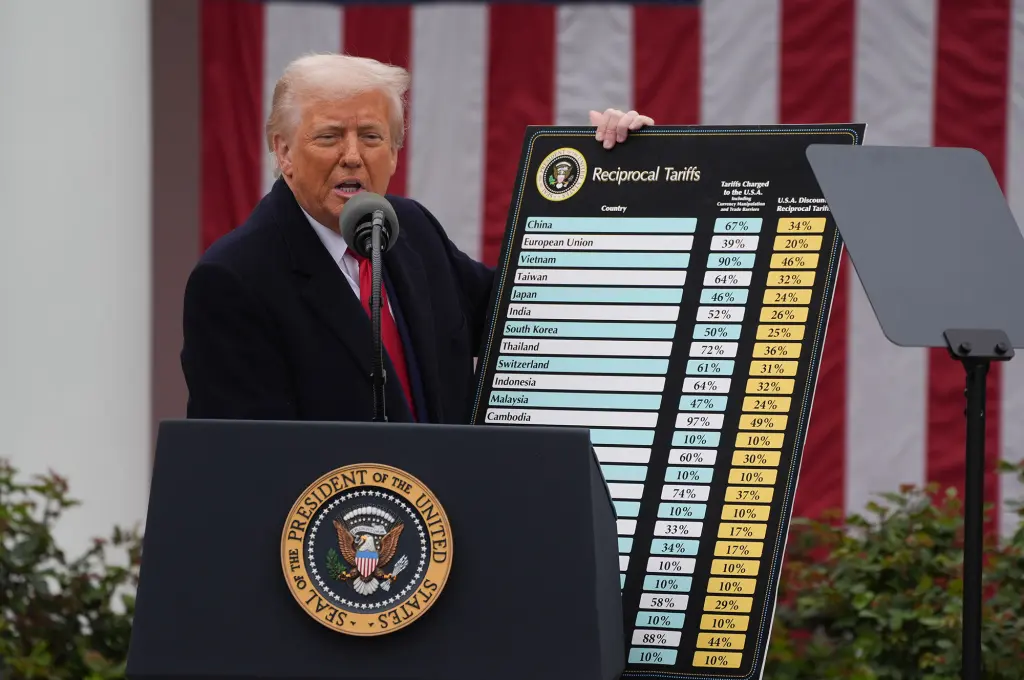
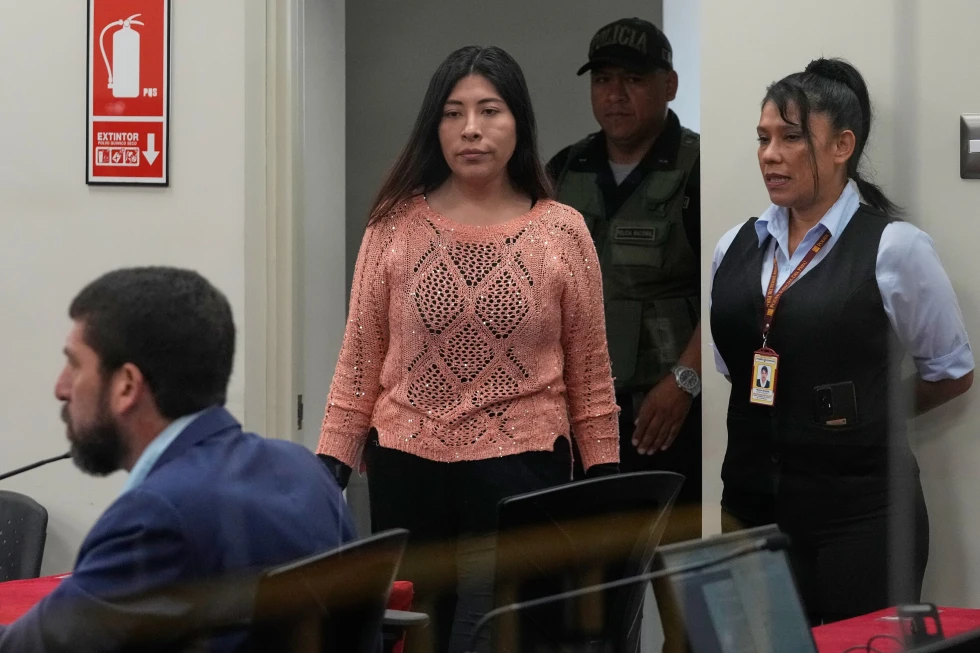
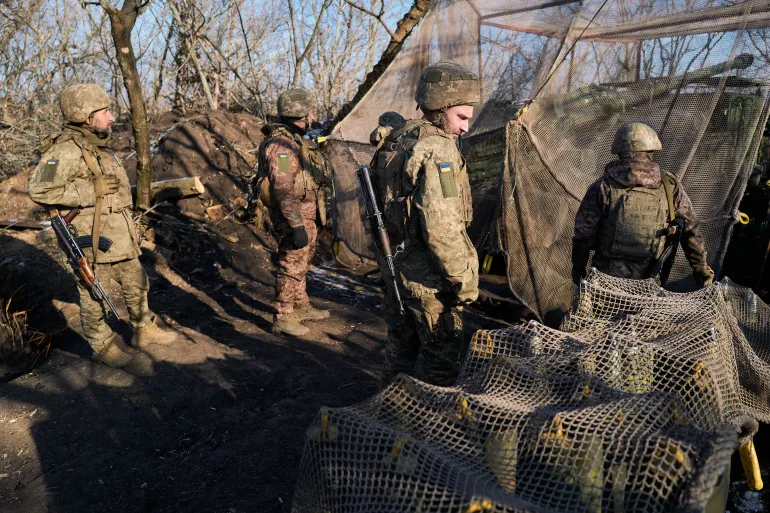

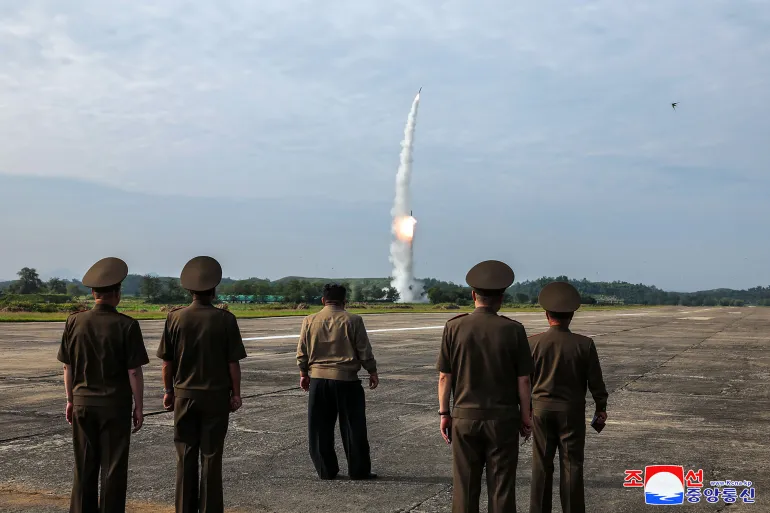

Discussion